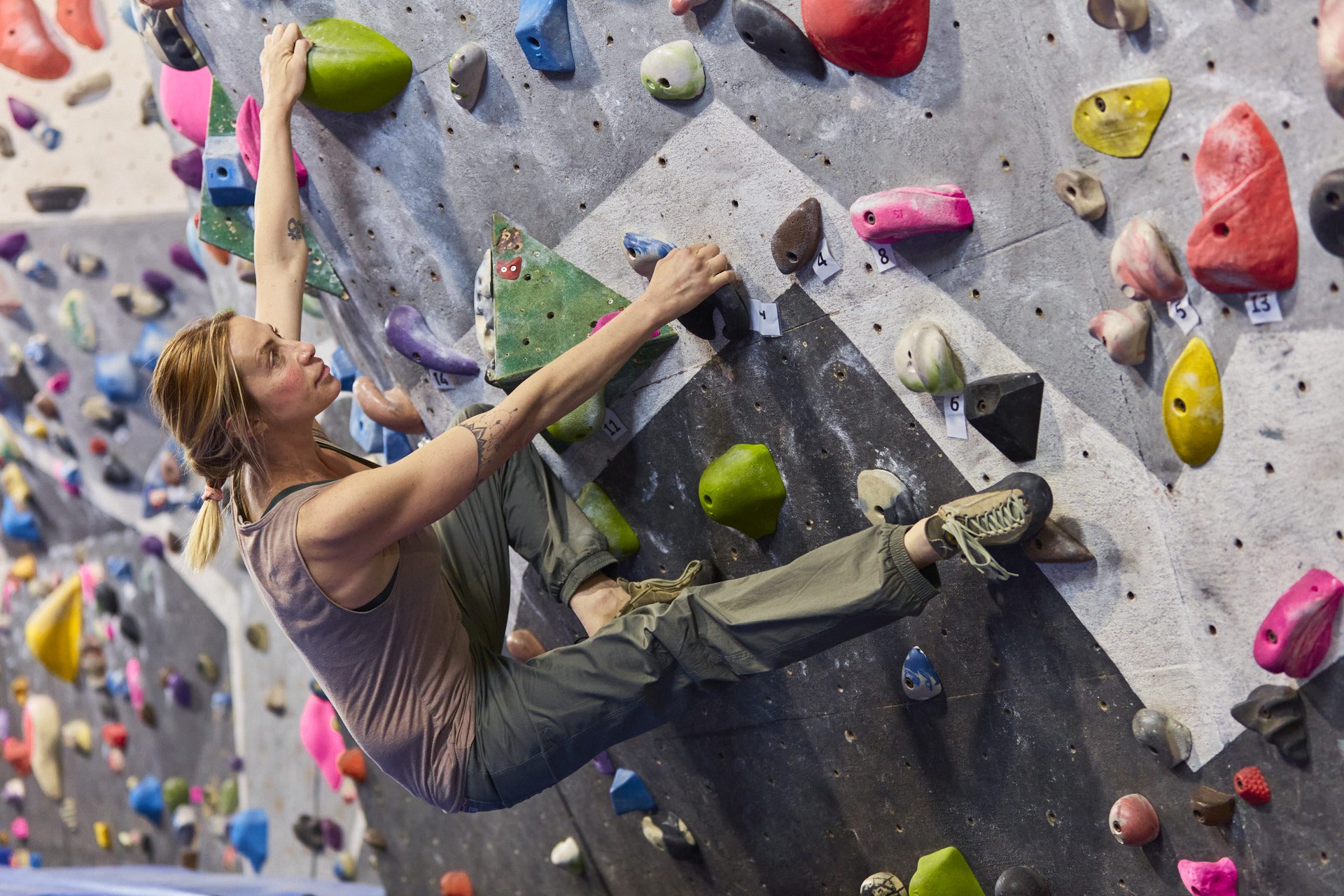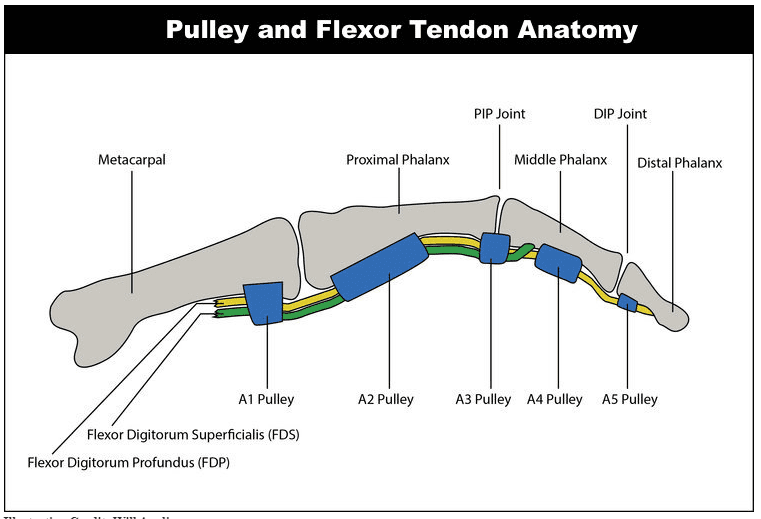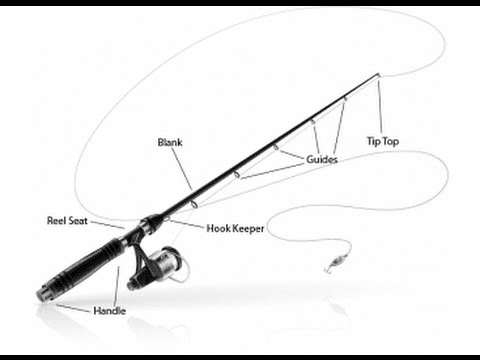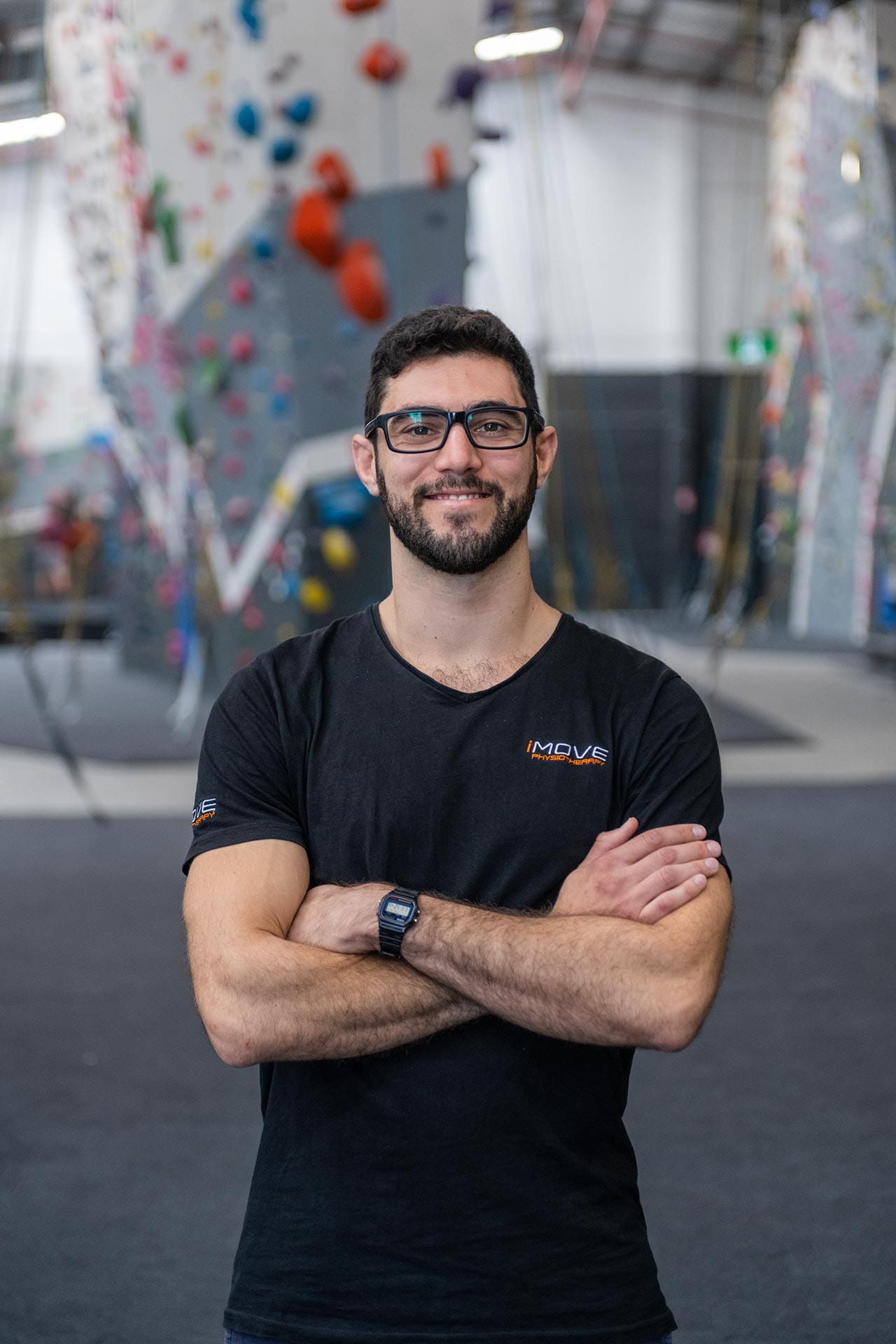
The best way to conceptualise a pulley is to think about a fishing rod. Your bones are like the rod itself and the line is like the tendons that originate from the muscles in your forearm. Pulleys are like the guides that keep the line close to the rod, especially when the rod bends.
The job of the guides is to prevent bowing of the line. Similarly, pulleys prevent the bowing of your tendons away from the bones. This improves the biomechanical function of the fingers significantly. This is especially important for climbers as it allows for the isolation of bending different finger joints that enables you to perform different gripping positions, like crimping.


The A2 and A4 pulleys are less flexible than the others and are therefore most prone to injury. The A2 even more so since it has two tendons running under it, whereas the A4 only has one. The more force you place on the pulley, the greater the risk of injuring it.
Things that increase the force include increasing the amount of bend at the joint (like in crimping), dynamic movements and unexpected slips/falls.
The good news is that you most likely can manage these injuries conservatively. However, surgery will be necessary if you have multiple pulley ruptures.
For a mild sprain, you will not need to immobilise the finger. However, you will need to tape your finger for protection of the healing tissue. Functional therapy for several weeks will be critical to help you get back to your sport. Remember, getting you back to what you were doing before is great, but you actually will need to increase your body’s tolerance to handle even greater forces than your pre-injury level, so that you will have a buffer that reduces your risk of injuring yourself again.
Single pulley ruptures will need to be immobilised for a couple of weeks to allow the tissue to heal. Again you will need to do several weeks of functional therapy to prepare yourself for returning to your sport and avoiding a re-injury.
Multiple ruptures require surgical intervention, followed by immobilisation, functional therapy and can take up to 6 months to return to sport.
You should continue to tape the injury for several months when returning to sport for added protection.
Using rigid tape, create an X by tearing at both ends. Apply the middle of the X to the affected joint and add pressure from the thumb. Keep the joint bent to about 60 degrees. Tighten then two straps further from the hand first around the middle bone. Then tighten the two straps closer to the hand. Go over your work with a final strip of tape to cover your work.
Rehab starts with reducing pain and inflammation while protecting the injury. It will then be critical to start functional therapy. This will first involve exercises and hands on techniques to regain full range of movement. Strength training is then added in. The exercises will be progressed often to continue to challenge the tissues and improve their tolerance to forces.
Once the tissue has healed and you can perform the advanced exercises comfortably, you can then return to training. Start with gentle grades well below the level you were climbing before your injury.The functional therapy exercises will continue to be progressed to enable you to gradually increase the climbing grades back to the level you were performing pre-injury. As mentioned before, building your body’s tolerance/capacity to a level beyond the pre-injury level will create a buffer that will significantly reduce your risk of re-injury.
Hand and finger function is so important to our lives, so take care of your injury properly! If you have any questions, or want to see a physio, get in touch with our team in Miranda, Rozelle, Clovelly or Panania.
Check out our EVENTS page for upcoming workshops with the iMove Physio team.

Josh Farbenblum - Miranda Physio
Josh is an experienced physiotherapist who enjoys working with shoulder, back and knee Injuries. He comes to us with extensive experience in prehab and rehab before and after surgeries. Clinically, Josh has also helped hundreds of people suffering from chronic and persistent pain.

At iMove Physiotherapy Miranda, we will help remove your pain, restore movement and prevent injury reoccurrence using proven 1 on 1 evidence-based treatment.
Our dedicated team of physios are 100% committed to getting you pain-free and enjoying life again. Find out why we are trusted by over 3,424 people living in and around the Sutherland Shire community.